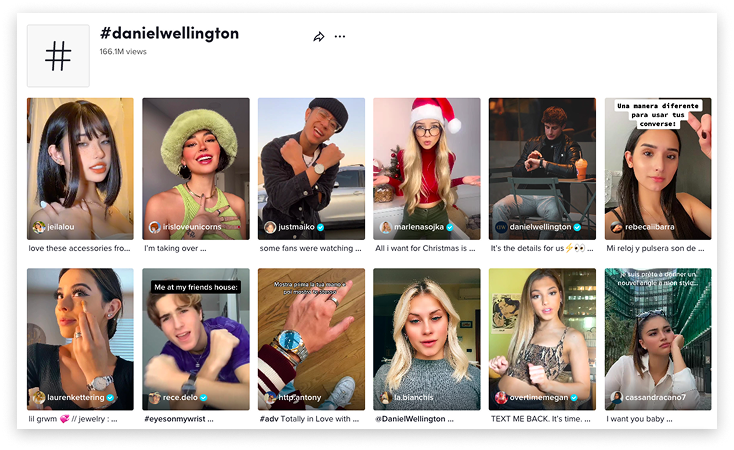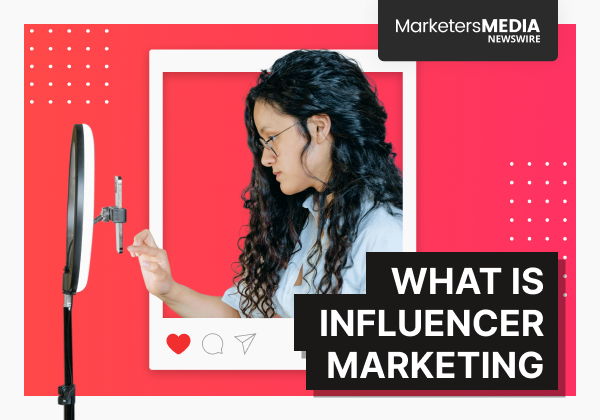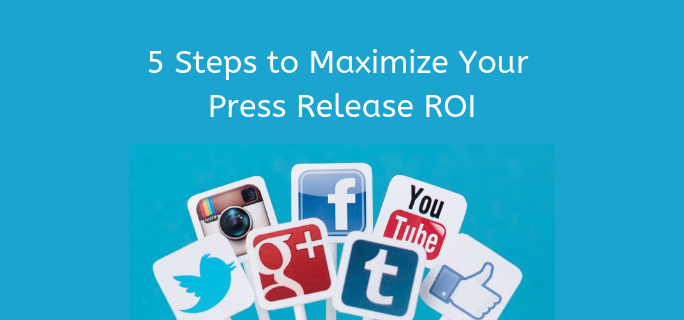Most people still think influencer marketing means paying a celebrity to hold your product and smile for Instagram.
That’s not what it is.
Influencer marketing is a performance-driven strategy where brands partner with people who’ve already built trust inside specific communities. These creators don’t just post; they influence decisions.
And the numbers prove it. On average, influencer campaigns bring $5.78 to $10 back for every $1 spent. Traditional paid media? Roughly $2 for every $1.
The reason is simple—people trust recommendations from individuals they follow more than ads from brands.

How Does Influencer Marketing Work
The mechanism is straightforward.
An influencer creates content around your product. Their audience doesn’t see it as an ad—they see it as advice from someone they already follow. That credibility transfers straight to your brand.
Gen Z consumers, for example, are almost twice as likely to buy something recommended by a creator compared to older generations.
Here's what makes it different from traditional advertising:
- Pre-built trust – You’re tapping into relationships creators have already earned.
- Community context – Their followers see your product as part of a lifestyle, not a sales pitch.
- Native content – It blends into the feed naturally, instead of feeling forced.
When an influencer vouches for your product, they're lending you their credibility, and that translates directly to purchasing decisions.
📌 Want to know which influencer tier fits your budget?
Check out our complete breakdown of types of influencers to understand the differences between Nano, Micro, and Macro creators.
What Platforms Work Best For Influencer Marketing
Platform selection determines campaign performance more than most brands realize.
Each platform has distinct audience behaviors and algorithm mechanics that directly impact results.
Instagram is great for storytelling through visuals. Carousels let creators walk followers through a brand story. Stories are perfect for limited-time offers. Reels are where things go viral fast.
TikTok is the opposite. It’s messy, fun, and honest. The less polished it looks, the better it performs. Production value doesn’t matter here—creativity does. It’s also cheaper per post, though it takes a different kind of creative energy.
YouTube Shorts vs. Instagram Reels—sounds similar, but they reward different behavior.
YouTube pushes longer videos that keep people watching; Instagram rewards short clips that get finished. Post the same video to both, and you’ll likely see different outcomes.
LinkedIn serves B2B marketing. You don’t need a massive following there—authority and expertise win. It’s where thought leaders and niche creators can move industries, not just products.
Bottom line: test across multiple platforms, track conversions, and let the data show you where your ROI lives.
Why Brands Invest in Influencer Marketing
Three reasons keep brands pouring money into it.
1. Higher ROI. Every dollar goes further. $5.78 to $10 return vs. $2 from paid media isn’t small change.
2. Access to engaged audiences. Influencers have already built trust with their communities. You're not starting from zero like you do with cold traffic from ad networks.
3. Content creation at scale. Partnerships generate authentic user-generated content that brands can repurpose across paid social channels. High-performing creator content often outperforms brand-produced ads, provided usage rights are negotiated upfront.
The financial case becomes stronger as you scale. One collaboration gives you a video. Fifty collaborations give you a content library you can fuel your paid campaigns with for months.
How Much Does Influencer Marketing Cost
Pricing depends on three things: influencer tier, platform, and scope.
At the entry level, Nano-influencers (1,000–10,000 followers) often accept free products or small payments—roughly $50–$150 per Instagram post, $75–$200 for TikTok videos.
Mid-tier creators (tens or hundreds of thousands of followers) often charge based on CPM. A creator averaging 500,000 views might ask for around $5,000—about $10 per 1,000 views. Many brands now build in performance bonuses to tie pay directly to results.
Macro-influencers (500,000+) range from $5,000 to $45,000 per post depending on platform. On YouTube, mid-tier creators can start around $9,000 per sponsored video. Celebrity-level creators (1M+) easily exceed $49,000.
But price alone means nothing. A $100 Nano-influencer with an 8% engagement rate can drive more sales than a celebrity with 0.5%.
Tip: Always agree on payment after deliverables are submitted, not before. Include specifics in contracts—content type, number of posts, timing, and rights. It keeps both sides safe.
How to Measure Influencer Marketing Success
Success measurement extends far beyond follower counts and likes.
Modern programs track dollar-value goals aligned with specific KPIs.
If your goal is awareness, compare influencer CPM (cost per 1,000 views) to what you’d pay on Meta or Google Ads.
If it’s conversions, track CPA (cost per acquisition) and compare it with your ad benchmarks.
The five metrics that actually matter:
| Metric | What It Measures | Why It Matters |
|---|---|---|
| Engagement Rate | Ratio of interactions to views | Indicates content resonance with audience |
| Reach | Unique people who saw the post | Measures awareness impact |
| Sales | Revenue from trackable links | Proves ROI |
| Traffic | Website visits via UTM parameters | Shows audience interest level |
| Brand Mentions | Volume and sentiment of conversations | Tracks organic word-of-mouth |
Set up UTM links, affiliate codes, and unique promo codes for every creator. It’s the only way to link content views to actual conversions.
For long-term impact, use brand lift studies. Measure awareness, recall, and purchase intent before and after the campaign. That’s how you see if perception changed, not just clicks.
And remember:
- ROAS tells you how much revenue your ad spend earned.
- ROI includes everything — fees, content production, and tools. Both matter. Use both.
Case Study: Daniel Wellington’s Instagram Growth Through Influencers
If there’s one brand that nailed influencer marketing early, it’s Daniel Wellington.
The Swedish watch brand launched in 2011 and built its entire growth strategy around Instagram influencers. Instead of spending heavily on traditional ads, they focused on creators who could make the brand feel part of everyday life.

Here’s what made it work:
- Style match. They picked influencers whose personal aesthetic fit the brand’s clean and minimalist design. Every collaboration looked natural, not forced.
- Product gifting. Rather than huge sponsorship fees, they sent free watches to influencers who created lifestyle photos featuring them in daily use.
- Trackable codes. Each influencer received a unique discount code to share with followers. It made purchases easy to trace and rewarded engagement.
- Long-term partnerships. They built relationships instead of one-off deals, keeping influencers genuinely connected to the brand.
- User-generated content. Fans were encouraged to post their own photos using #DanielWellington. The brand reposted the best ones, turning customers into part of the marketing team.
The outcome speaks for itself.
Daniel Wellington’s Instagram following grew to more than 4 million, helping it dominate the affordable-luxury watch market. The brand gained massive awareness, measurable sales through affiliate links, and a loyal global community—all powered by influencer marketing.
Their strategy proved a simple truth: when your product fits the creator’s lifestyle, their influence becomes your best ad.
How to Get Started With Influencer Marketing
Five foundational steps launch a program correctly.
Step 1: Define clear financial goals and KPIs aligned with business objectives. Decide whether you're prioritizing awareness (measured by CPM and reach) or conversions (measured by CPA and sales). No ambiguity allowed here.
Step 2: Determine budget allocation across influencer tiers. Many brands find success combining Macro-influencers for awareness with Nano-influencers for high-engagement conversion activity. This balances reach with resonance.
Step 3: Establish tracking infrastructure before launching campaigns. Set up UTM parameters, affiliate links, and unique promo codes. This technical foundation enables accurate performance measurement from day one.
Step 4: Develop comprehensive creator contracts covering compliance, deliverables, payment terms, and usage rights. Negotiate content licensing upfront to enable repurposing high-performing assets across paid channels.
Step 5: Implement vetting protocols to identify authentic creators. Check engagement rates against benchmarks, analyze follower quality using influencer analysis platforms, and verify audience demographics align with your target market.
Treat influencer content like paid media—measurable, testable, and scalable. Start small, double down on what performs, and treat every creator post like a data point.
Frequently Asked Questions (FAQ)
Q: How does the content strategy for YouTube Shorts differ from Instagram Reels or TikTok?
A: The strategies differ based on the platform's algorithm mechanics. YouTube Shorts rewards content that achieves a high total watch time (number of seconds watched), meaning longer shorts that hold attention are better.
In contrast, Instagram Reels and TikTok prioritize a high watch percentage (viewer completion rate), so shorter clips with an immediate hook are promoted more aggressively.
Q: What is "Brand Lift" and why is it important to measure?
A: Brand Lift measures the change in consumer perception, ad recall, and purchasing behavior that results from a campaign. It's crucial because it moves beyond short-term sales to evaluate the campaign's long-term impact on Brand Awareness, Consideration, Purchase Intent, and Brand Favorability.
Q: What is the difference between calculating ROI and ROAS in an influencer campaign?
A: ROAS (Return on Ad Spend) measures the revenue earned against direct ad spend. ROI (Return on Investment) is more comprehensive and includes a wider range of costs, such as influencer fees, content production, and platform tools. Using both metrics is essential for a complete evaluation.
Q: How does B2B (Business-to-Business) influencer marketing differ from B2C?
A: B2B influence is primarily driven by authority, industry expertise, and niche relevance, not mass reach. The key platform for discovery is LinkedIn, and the content often focuses on thought leadership, technical deep dives, and complex lead generation, as purchases involve multiple stakeholders and high consideration.
Q: What actionable steps can a brand take to operationalize DEI (Diversity, Equity, and Inclusion) in its influencer program?
A: Brands must commit to equitable compensation practices and provide diverse influencers with creative freedom. An advanced step is to consider adding an inclusion rider to brand contracts, which is a contractual clause that mandates specific diversity and representation requirements within the campaign.
Free Press Release Template
Tell us where to send your PDF:








